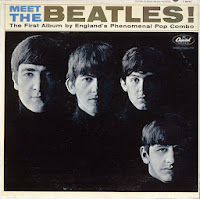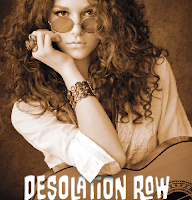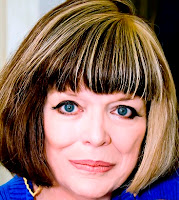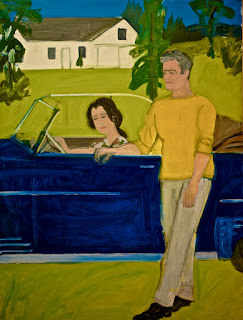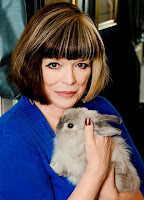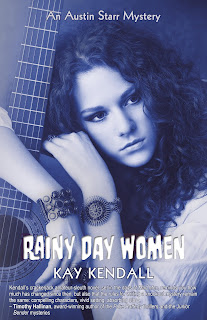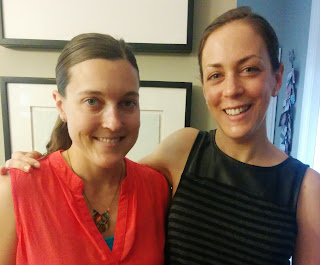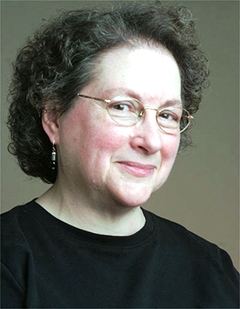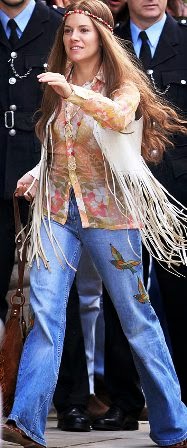Before the Wishlist. The Beatles! and Tales of Yesteryear
By Kay Kendall
the concept for years. But I finally succumbed.
What I GAINED: several hours of my precious time. What I LOST: the joy
of watching loved ones delighted by their surprise gifts. If you are a boomer (as I am), then you recall when gift-giving
before the wish list hit the scene. You tried to surprise the gift recipient—to
surprise and delight. My joy of gift giving and wrapping came from my maternal
grandmother who reveled in every aspect of gifting.
She could have hired on for Neiman Marcus—a store back in the day that did
elegant and fanciful wrapping. (Their efforts today are a sad, pale imitation,
fie!) What my grandmother could not do—not to save her very soul—was to keep
her gifts a secret. She got so excited that she just had to give you
hints–hints so major you could easily figure out what your gifts would turn
out to be. I took such pleasure in her enjoyment that I didn’t mind.
Christmas grew into the concept of wish lists. Yet today’s wish list has
more power. Woe to you if you give someone under-forty a present not on his or her wish list. I fought against wish lists until a dear friend said she gave up trying to surprise her offspring
with delightful gifts. Finally she switched to the dreaded wish list or gave
gift cards. Otherwise her grandchildren and children were chagrined. That’s how I discovered my offspring was participating in a societal
shift. A generational difference, clear and simple. And so . . . I threw in
the towel. But I remember a different time. I recall a December when
I was a graduating high school senior. I wanted Beatle albums and 45s. When asked
what I wanted for Christmas, “Beatles please” was my instant answer. My ONLY
answer.
kitchen making cranberry loaves, fudge, and mounds of cookies…all the while
talking about the Christmases of their youths. My mother said she’d been
pleased with mandarin oranges and pecans in the toe of her Christmas
stocking, back in the 1930s. My grandmother recalled helping her mother go into
the farmyard in Ohio and select a goose for neck twisting, in the first decade
of the twentieth century–the holiday meal to be! I loved their quaint tales of
the good old days. (Probably these stories helped grow my lust for history.)
into the living room with my parents (I, an only child, admittedly a tiny bit
or more spoiled). I had expected to call this my very own Beatles Christmas.
But no. Arrayed beside the brightly lit tree was a set of three luggage pieces.
Mother’s eyes. “We knew you needed nice suitcases.” I tried to murmur sincere
thanks while eyeing other presents. Where were the telltale signs of even one
33-long-play album? But John, Paul, George, and Ringo were nowhere to be found.
All was not lost however. My paternal grandparents sent a
check that I promptly cashed and turned into two longed-for Beatles albums.
But, oh, I still recall the rush of emotion, the dramatic
upheaval.
Things are so different now in the high season of gift
giving. Well something’s lost but something’s gained in living every day.
That’s the way the song goes, Joni Mitchell’s beloved “Both Sides Now.”
What do you remember about gift giving and receiving in the “good old days?”
What’s the routine at your house? I’d sure love to know.
Meet the author

